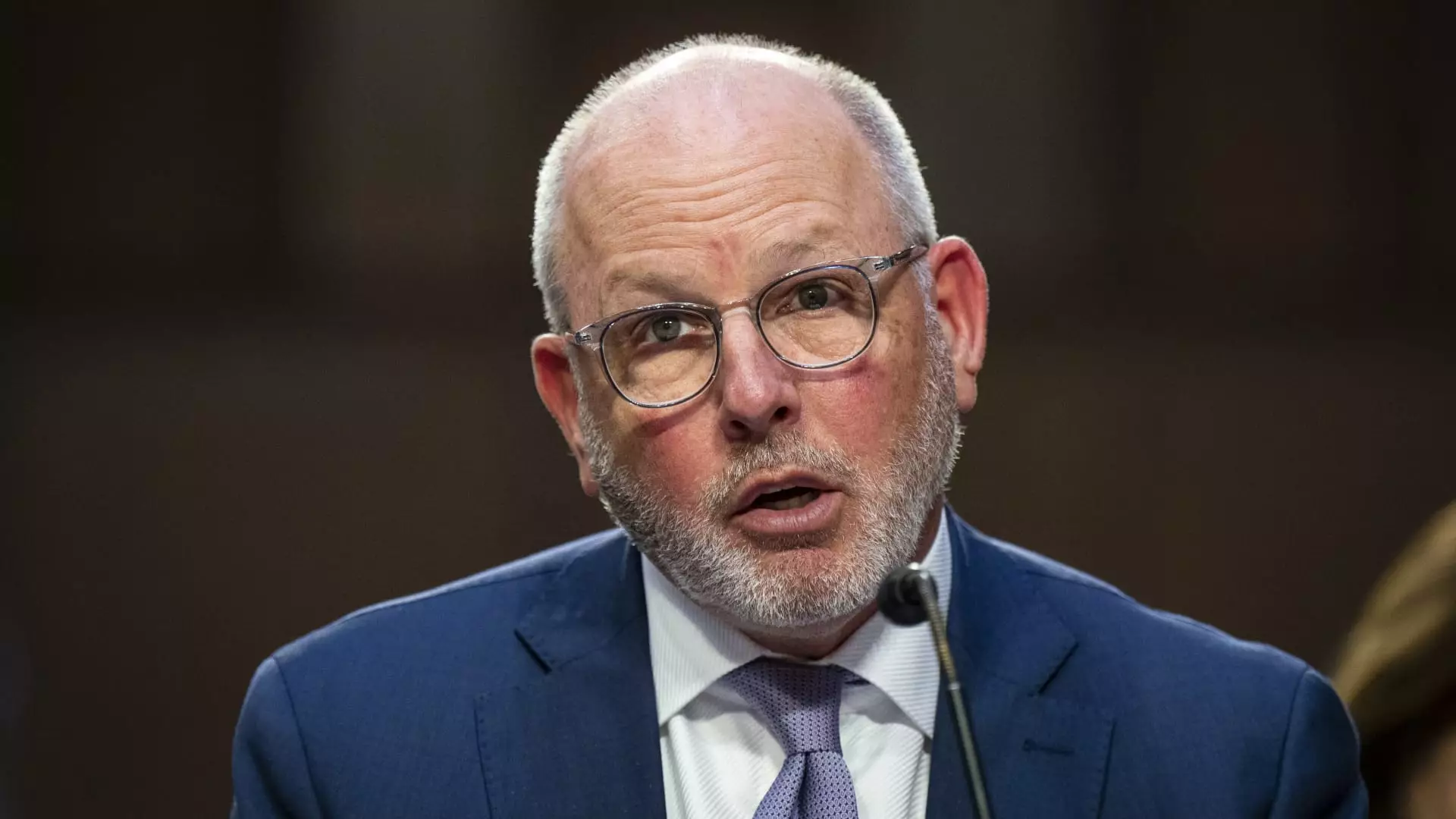The rising cost of prescription medications in the United States has become a pressing issue embroiling consumers, health care providers, and policymakers alike. Recently, CVS Health’s CEO David Joyner found himself at the center of this debate, defending the role of Pharmacy Benefit Managers (PBMs), like CVS’s Caremark unit. Joyner asserts that PBMs play a critical role in controlling health care costs, while critics argue that these intermediaries are part of the problem due to allegations of inflating prices and pocketing savings. This article delves into the complexities of the pharmacy supply chain, the allegations against PBMs, and the broader implications for healthcare costs in America.
Pharmacy Benefit Managers are intermediary entities that play several pivotal roles in the prescription drug supply chain. They negotiate rebates with pharmaceutical manufacturers on behalf of insurance companies, manage formularies (lists of covered medications), and reimburse pharmacies for medications dispensed. In theory, PBMs are expected to maximize efficiencies, reduce drug costs, and improve patient access to medications. However, the mechanics of these operations have come under scrutiny.
In recent discussions, there has been growing bipartisan consensus among lawmakers that suggests reform in the practices of PBMs is necessary. David Joyner’s defense highlights that despite allegations, PBMs are primarily focused on dampening the effects of rising drug prices driven by manufacturers. He claims that their services represent a critical counterbalance to the monopolistic behaviors identified among pharmaceutical producers. Yet, whether this claim holds merit is a matter of ongoing debate.
Despite Joyner’s defense, various stakeholders have presented compelling counterarguments emphasizing the flaws in the PBM model. Critics contend that PBMs utilize their negotiating powers to benefit themselves, rather than consumers, alleging that they inflate medication costs through opaque pricing practices. Pharmaceutical manufacturers express grievances that PBMs are responsible for driving down reimbursement rates for pharmacies, further complicating the pricing landscape.
The crux of the contention is whether the savings negotiated by PBMs translate into lower costs for patients or if they are retained within the industry. Joyner’s assertion that PBMs generate upwards of $100 billion in annual value for the healthcare system raises questions regarding transparency. If these savings exist, why are patients still facing exorbitant prices at the pharmacy?
Joyner’s comments regarding the financial burdens placed on consumers, employers, and the government due to rising healthcare costs indicate an awareness of the broader economic landscape. However, the emphasis on monolithic blame directed exclusively at pharmaceutical manufacturers might oversimplify a complex web of responsibilities. Increased patient utilization of health services, labor shortages, and significant price hikes for branded drugs contribute to the escalation of costs, further muddying the waters.
Moreover, Joyner’s failure to deliver a specific source for the $21 billion figure attributed to price hikes in January strengthens skepticism regarding PBM accountability. Economists have suggested that the current model may generate inefficiencies that complicate cost savings for patients. As stakeholders from various sectors begin to weigh in, the need for independent investigations and a more comprehensive analysis of PBM activities has never been greater.
As the dialogue surrounding drug costs continues to evolve, the role of Pharmacy Benefit Managers remains a contentious subject. While Joyner maintains that PBMs like Caremark are vital in offsetting increasing healthcare costs, the abundance of criticism surrounding their practices cannot be ignored. Legislative interest in reforming the operations of PBMs signifies an emerging recognition that the status quo may not serve the best interests of patients.
In navigating the complex interplay of pharmaceutical costs, healthcare providers, and PBMs, it is crucial for stakeholders to demand greater transparency and accountability. Failure to address these concerns may result in healthcare systems that prioritize profit over patient well-being, perpetuating a cycle of inflated drug prices. Ultimately, genuine reform is essential for creating a health care system that values accessibility and affordability for all Americans.


Leave a Reply